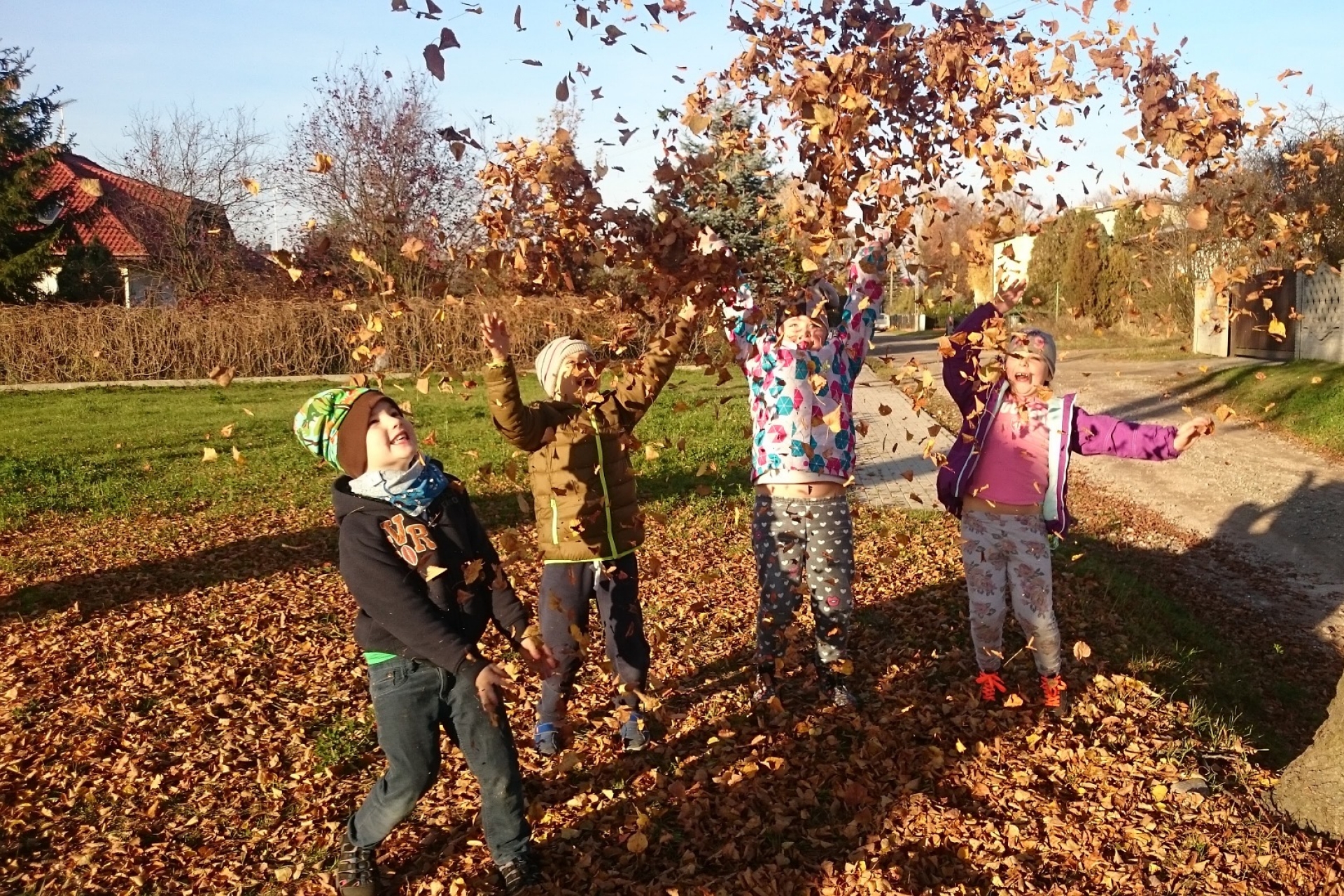Incredible colours to be dazzled by. Refreshing air to inhale. Carpets of leaves to crunch through - autumn is a glorious time to explore the great outdoors. And, given that it also presents excellent opportunities to use descriptive language, autumn is also the season of awesome inspiration. Here are some activities to spark creativity in young writers as they enjoy exploring the awe-inspiring outdoors this autumn.
1. The wild wonder five-minute frenzy
- Head into your garden, or go for a fun family walk in the park.
- Keep an eye out for interesting natural objects to spark inspiration. How about a leaf with an unusual shape? What about a knobbly twig, or piece of bark, or an interesting pebble or stone?
- Once you’ve found something, pop it in your pocket to keep it safe until you’re back home.
- Once you’re home, fetch a pen and paper, take out your object and place it in front of you.
- Take five minutes or so to explore your object in detail. Use all your senses - think about how it looks, how it feels, how it smells, and how it sounds. For example, is it rough or smooth? Is it crisp? Does it sound crunchy? Does it smell earthy?
- Read the first top tip below to light your creative fire, then set a timer for five minutes and write a few sentences describing your item until your time runs out
TOP TIP
A great way to add pizazz to your writing is to use similes, metaphors and onomatopoeia.
A simile describes something by comparing it to something else using the words “as” or “like”. Autumn example: the leaves looked like a blazing fire of colour and light.
A metaphor is a word or phrase used to describe something as if it were something else.
Autumn example: the leaves were a blazing fire of colour and light.
Onomatopoeia is when a word sounds like what it describes - words like whoop, fizz, plop, snap and rustle. Autumn examples: crunchy leaves; squidgy soil; the rain splashed; the thunder boomed; the wind howled.
TOP TIP TWO!
Head here to find out how to transform your object into an amazing story.
2. Animal acrostics
During your walk in the park, or around your garden, keep a look out for animals. Maybe there’s a cat creeping across a fence. Maybe there’s a squirrel scrambling up a tree trunk. Don’t forget to look up for birds, and down for creepy-crawlies. Once you’ve spotted some animals, pick one of them to write an acrostic poem about. An acrostic poem is a poem in which the first letter of each line spells out the word the poem is about, like this example about a tree:
Towering oak stands tall.
Rough bark crumbles.
Every gust makes gold leaves fall.
Every acorn tumbles.
Here’s an example about cats:
Cats creep quietly
As the moon glows gold.
Tiny paws patter
Soft through the cold.
TOP TIP
Think about using similes, metaphors and onomatopoeia in your poem, as explained above!
For more creative inspiration and activities, check out the rest of our Get Creative series.
.jpg)
Joanne Owen is a writer and publishing professional with over twenty years’ experience of the book industry, and the author of a how-to children’s guide to creative writing, You Can Write Awesome Stories. Alongside writing and reviewing books, she hosts writing workshops and is an Editorial Expert for LoveReading.



Comments (0)
Leave A Reply
You must be logged in to post a comment.